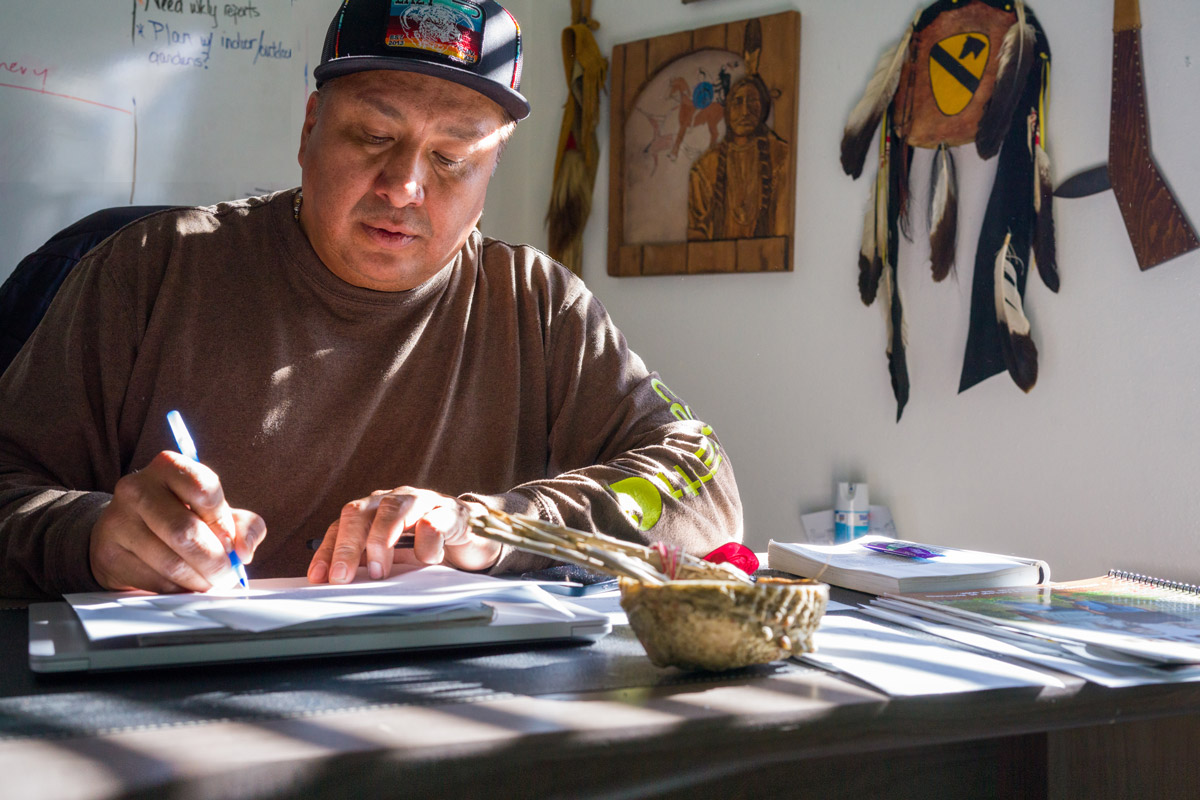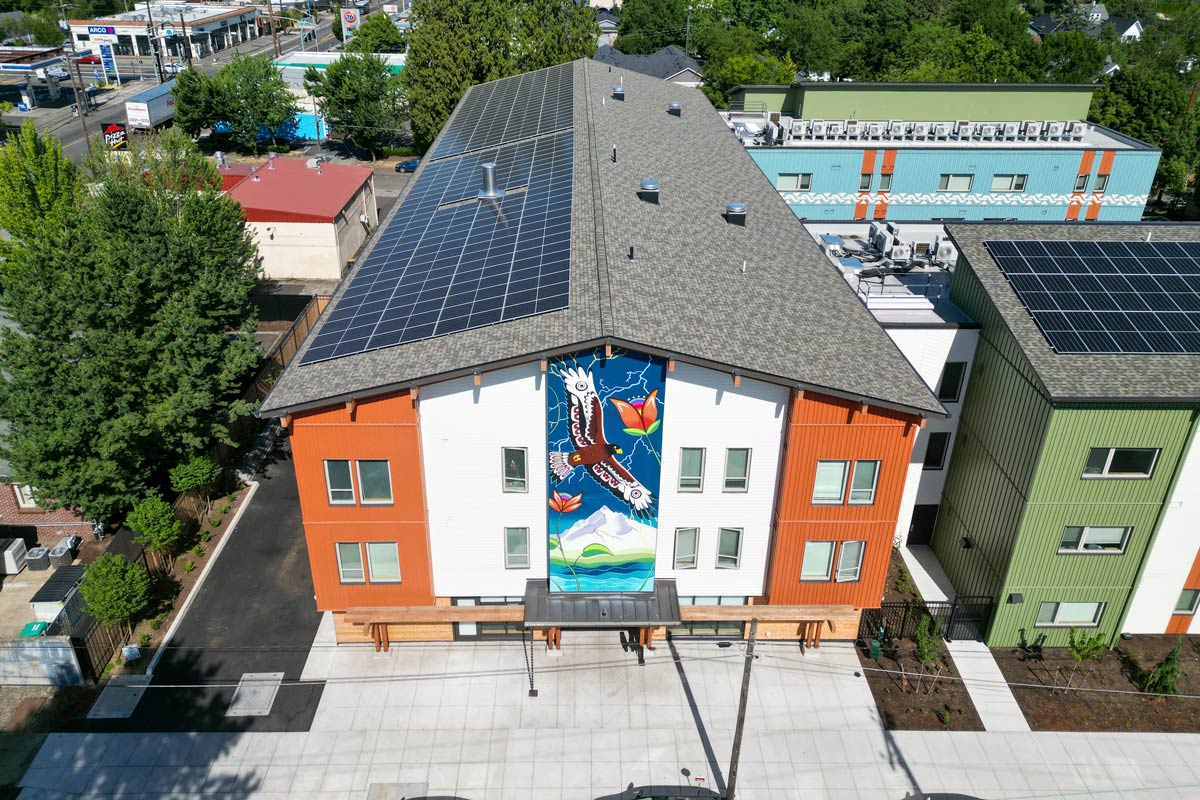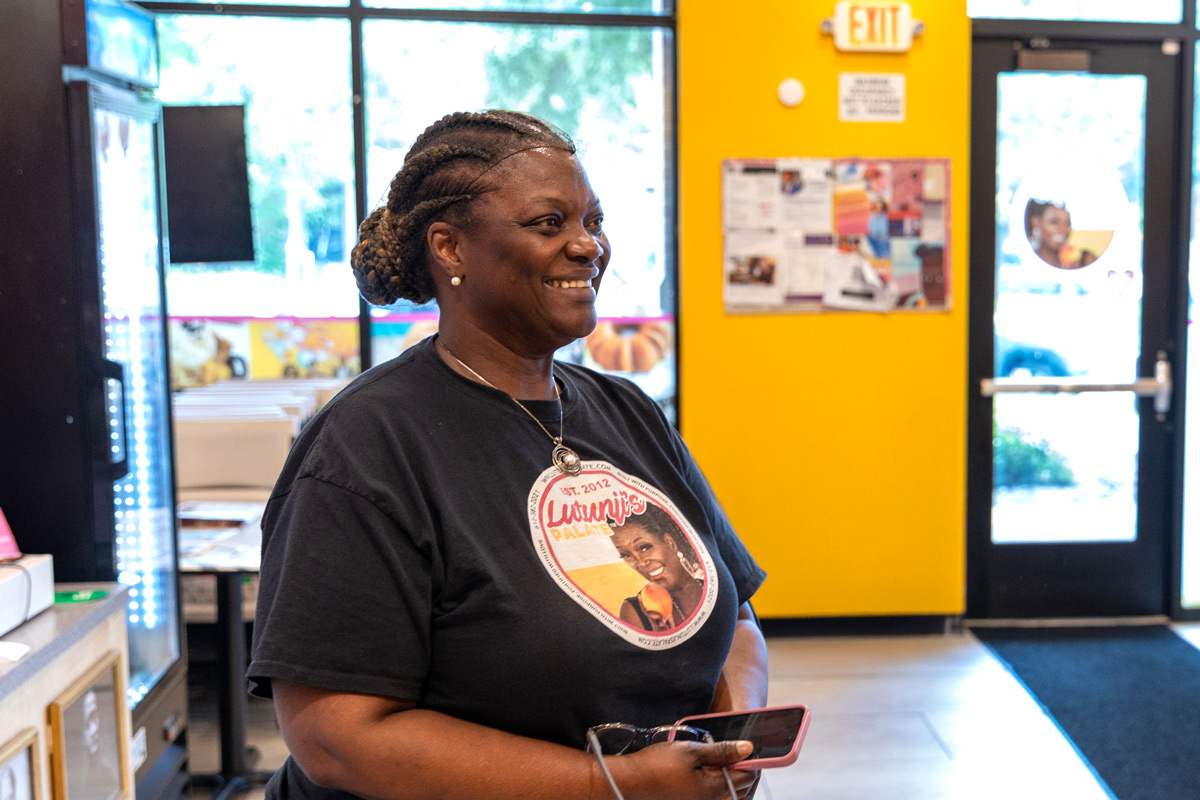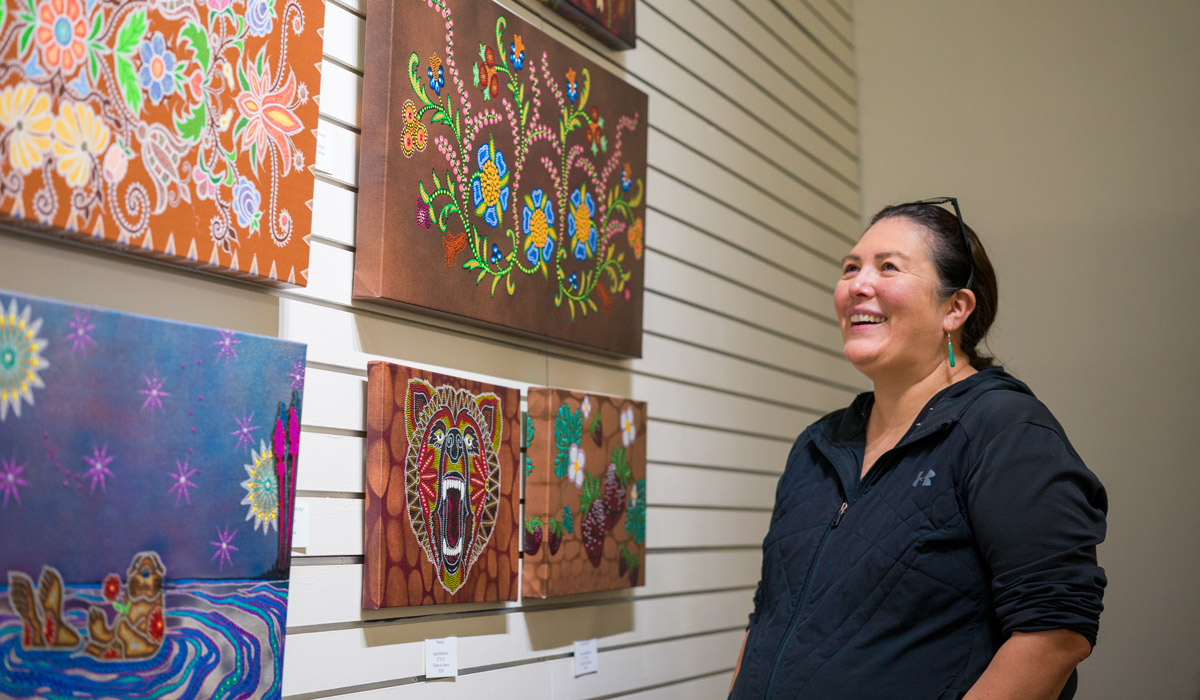
LeAnn Littlewolf (Anishinaabe/Gaa-zagaskwaajimekaag Ojibwe), Co-executive Director, AICHO
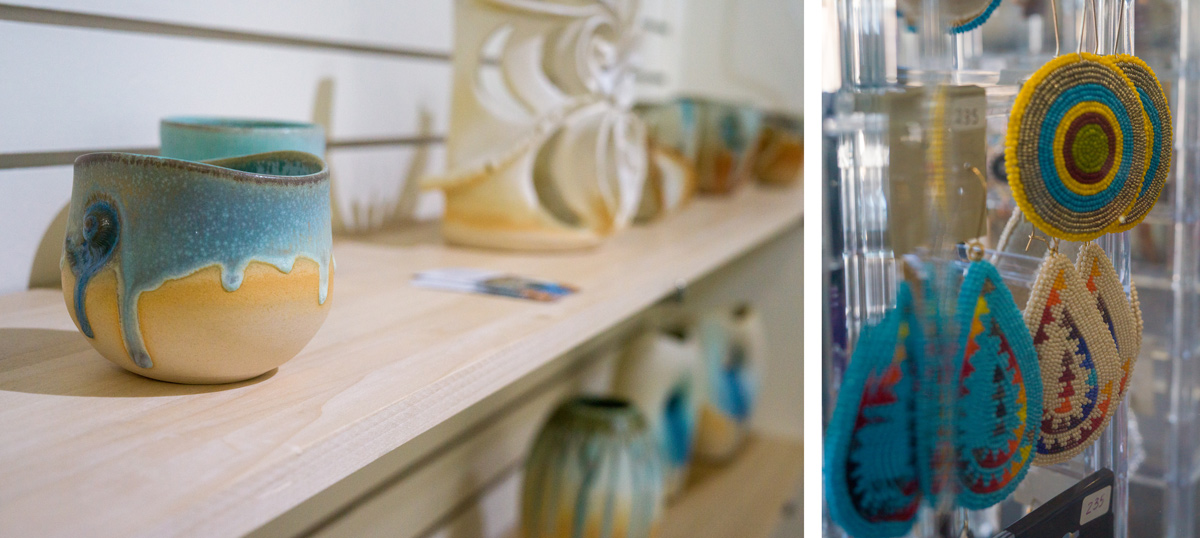
Ceramics and jewelry in AICHO’s Indigenous First Art & Gifts Shop
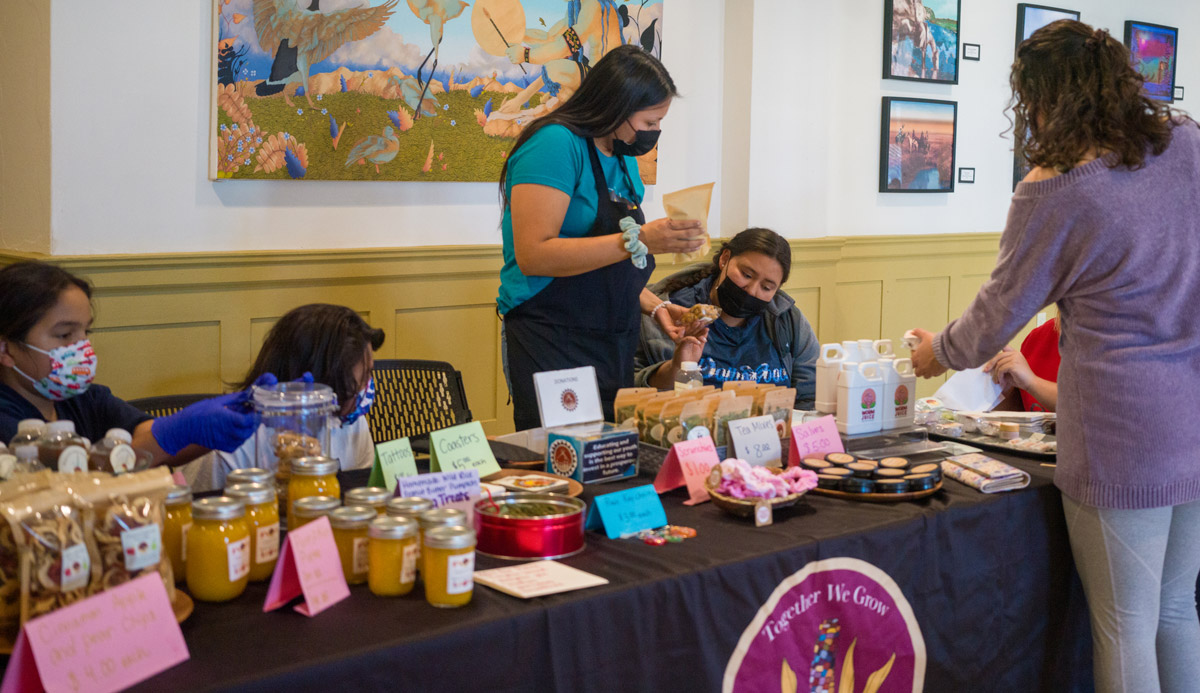
AICHO’s teen and pre-teen Indigenous food sovereignty project, Giinawiind Giginitaawigi’gomin (“Together We Grow”)
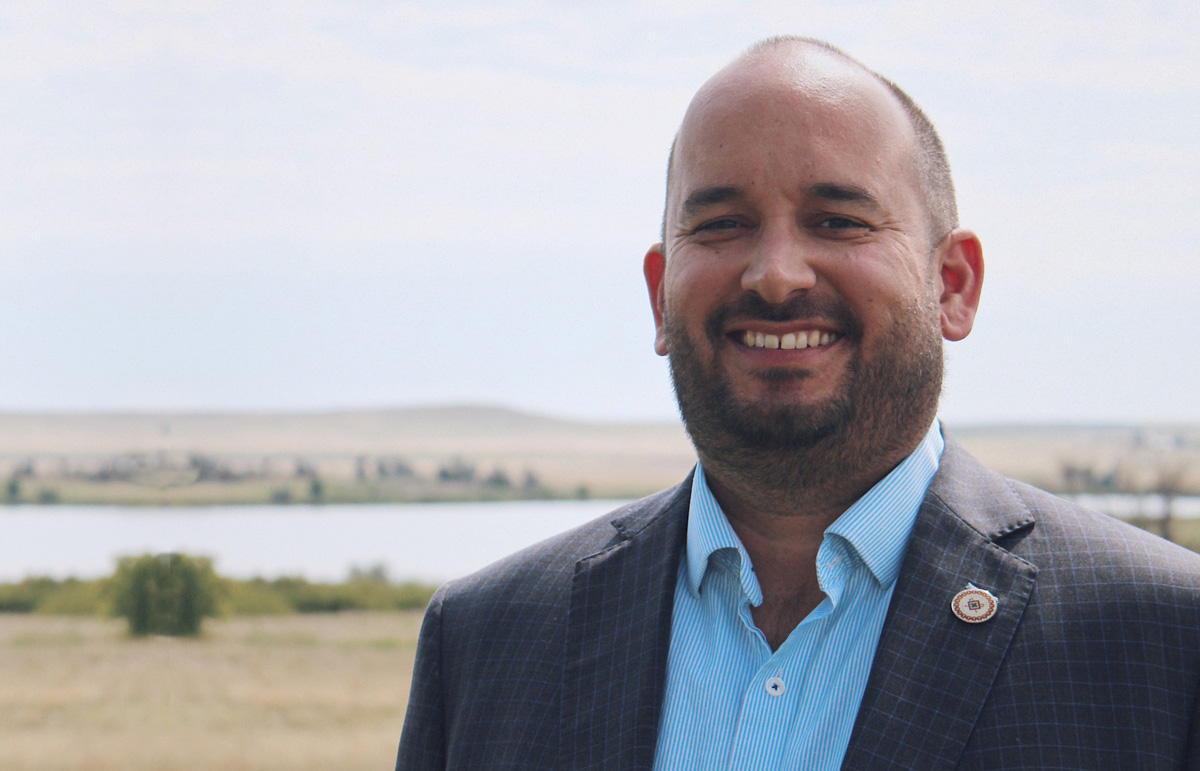
Clay Colombe (Rosebud Sioux), CEO, Siċaŋġu Co
Listening to and collaborating with communities has been key to the successes of these CDCs and their leaders. Additionally, and importantly, those accomplishments also result from continuously raising awareness of how Native Americans thrived and sustained themselves before Europeans arrived in this country.
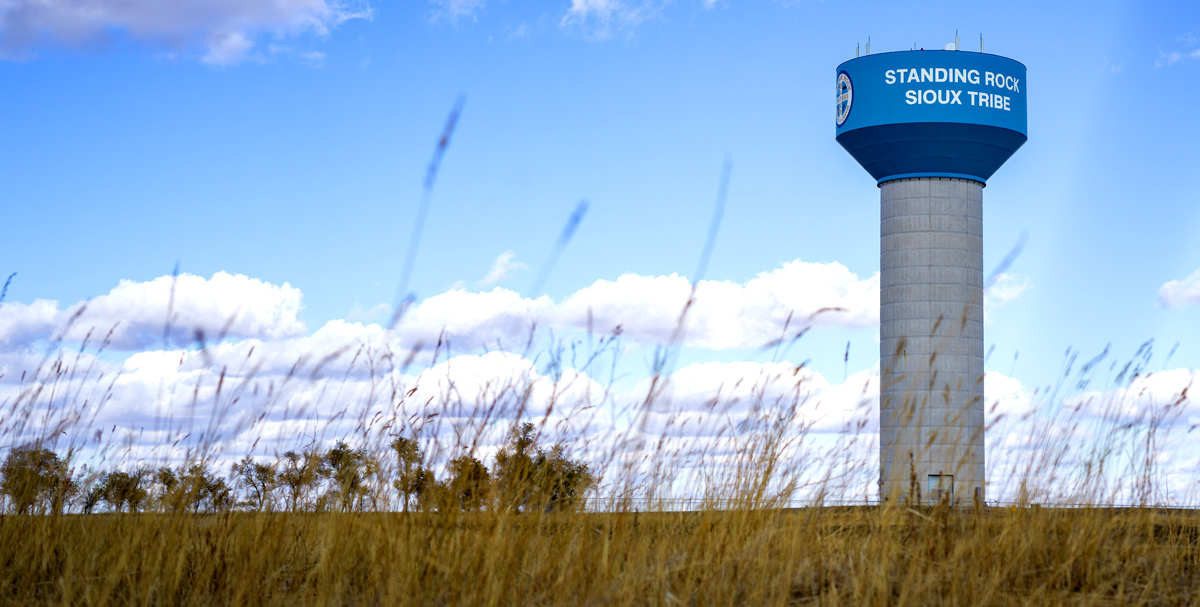
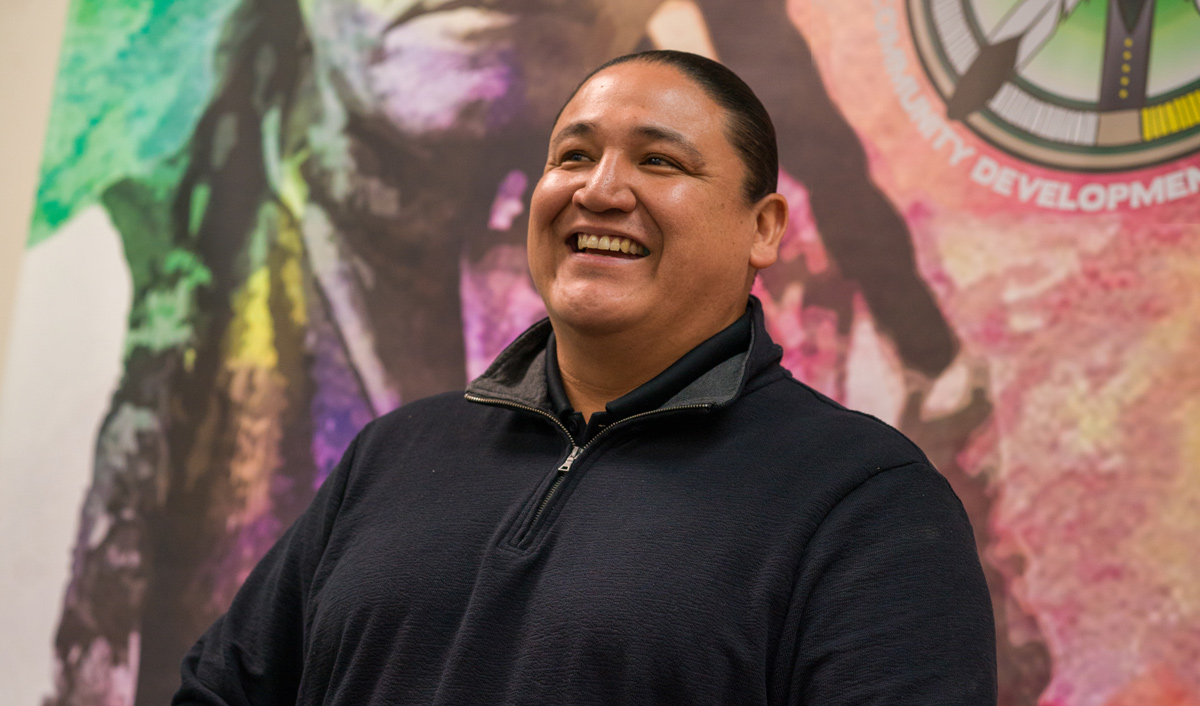
Brian Thunder Hawk (Cheyenne River Sioux/Standing Rock Sioux), Executive Director, Standing Rock CDC
“These organizations are thinking about every single thing holistically, interconnectedly, intergenerationally. Their work is a really big deal.”
John Fetzer (White Earth Ojibwe)
Program Officer, Northwest Area Foundation
“What we’re doing in this movement—and we are not the only ones doing it—is taking the lead, saying, ‘This is what we want, this is how we want it,’ rather than having outsiders tell us what we need to do. . . . We are bringing back our food, our culture, our practices, our teachings.”
Clay Colombe (Rosebud Sioux)
CEO, Siċaŋġu Co
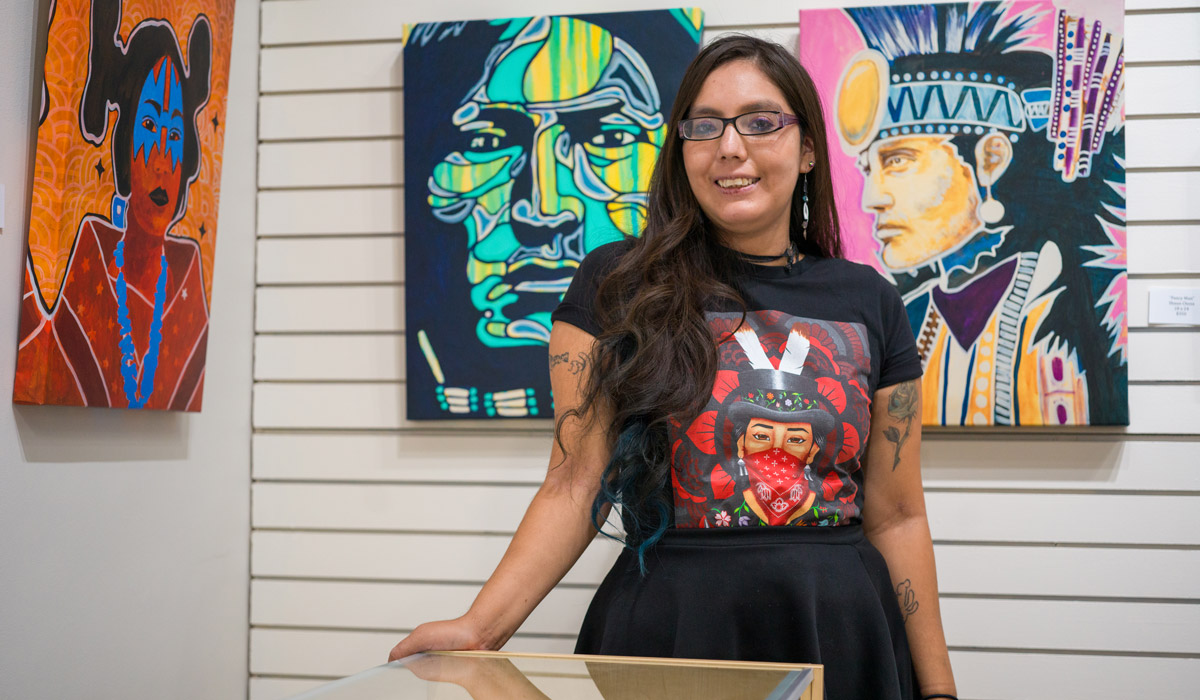
Khayman Goodsky (Bois Forte Ojibwe), Co-coordinator, AICHO’s Indigenous First Art & Gifts Shop
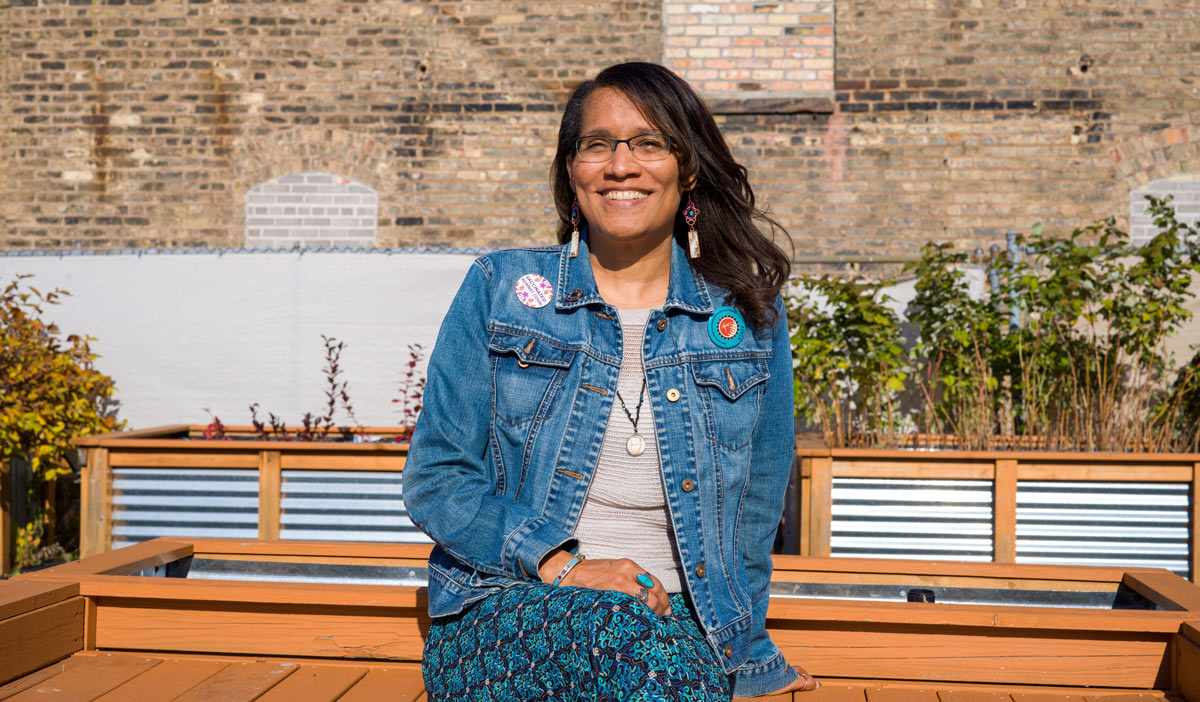
Ivy Vainio (Grand Portage Ojibwe Direct Descendant), Culture and Arts Coordinator, AICHO, on AICHO’s rooftop garden
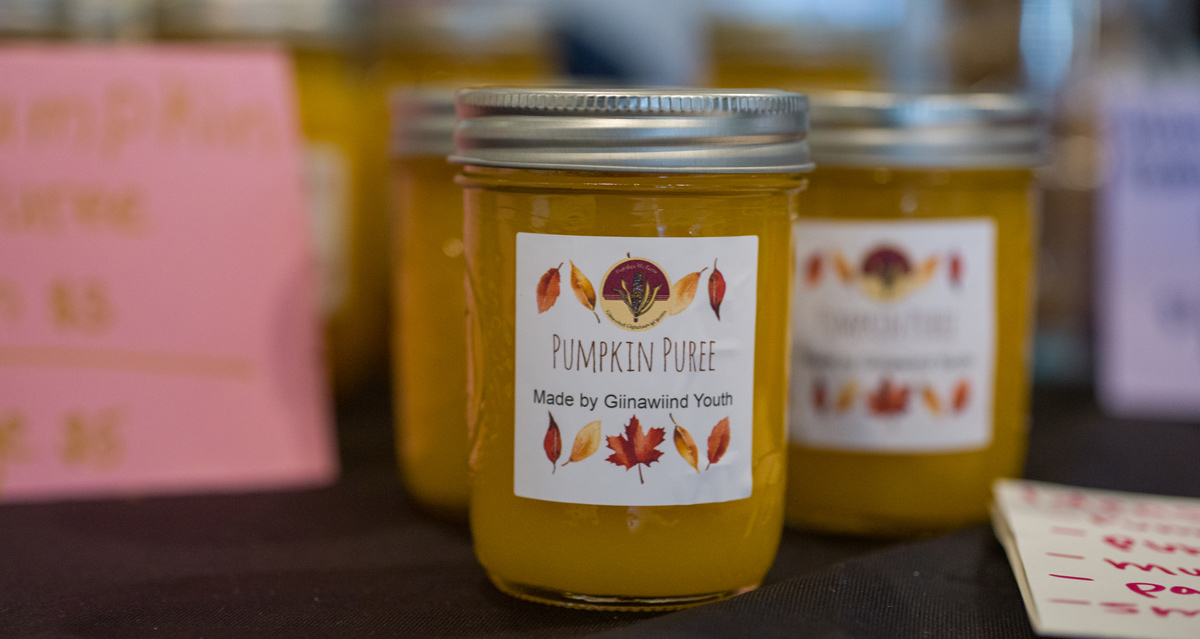
PHOTO TOP: Ray Moore Sr. (Fort Belknap/Fort Totton), Food Sovereignty Initiative Director, Standing Rock CDC

